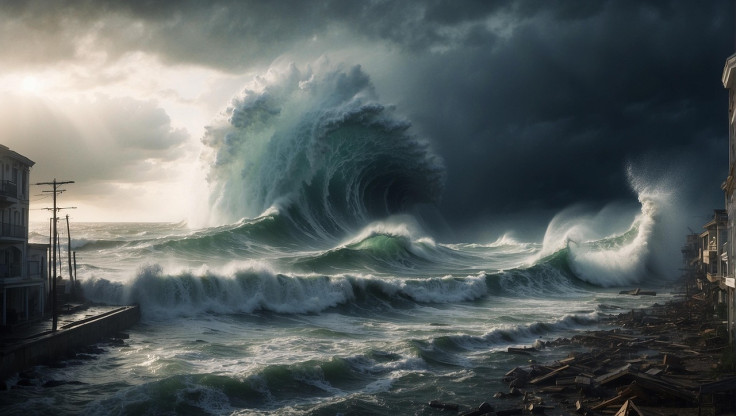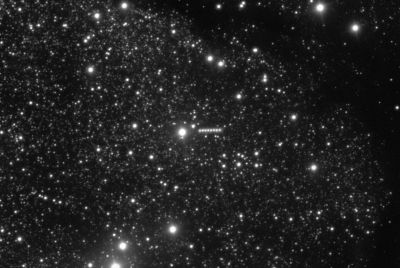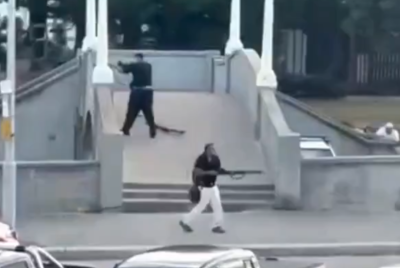Tsunami, Earthquake Warning In Hawaii Called Off But Why Are Locals Still Asked To Be Alert?
After a 7.4 quake off Russia's Kamchatka Peninsula, emergency teams say this weekend's alert is a reminder to review evacuation plans

A magnitude‑7.4 earthquake off Russia's Kamchatka Peninsula triggered a brief Saturday night tsunami watch for the Hawaiian Islands.
It was lifted in under 40 minutes, but why are Hawaiian locals and tourists being asked to keep their guards up? According to emergency managers, the scare is a timely reminder: know your zone, have a plan, and be ready to act.
Brief Scare, Fast All‑clear
The Pacific Tsunami Warning Center (PTWC) issued a tsunami watch for Hawaii at 9:03 p.m. HST on Saturday, 19 July, after the offshore quake, initially measured at magnitude 7.5 and later revised to 7.4. After reviewing sea‑level gauges, the watch was cancelled at 9:42 p.m. when scientists found no threat of damaging waves.
While the watch was brief and no damage was recorded, local residents have expressed concern about how quickly conditions can change. Hawaii News Now reported that coastal communities remain cautious, recalling how past tsunamis have caused sudden, devastating impacts.
History Keeps Hawaiians Cautious
The Kamchatka subduction zone has produced major tsunamis. In November 1952 a powerful quake in the same region sent waves across the Pacific; parts of Hilo saw boats tossed about, structures smashed and the bridge to Coconut Island damaged.
That history helps explain Hawaii's quick response to distant quakes.
PTWC gauges logged only minor sea‑level changes. The largest on Oahu — at Haleiwa — was on the order of a few inches; beachgoers likely would not have noticed. No injuries or damage were reported.
Know the Alert Levels
A tsunami watch means a tsunami is possible; review plans and stand by. A tsunami advisory signals hazardous currents or waves but no widespread coastal flooding is expected — stay off beaches and out of harbours. A tsunami warning means inundation is likely in low‑lying coastal areas: move immediately to higher ground or well inland.
Plan Before the Sirens
Honolulu's Department of Emergency Management urges everyone to check whether home, work or school sits in a tsunami evacuation zone (TEZ) or, in rare large events, an Extreme Tsunami Evacuation Zone (XTEZ). Pick a safe inland meeting point now so you are not deciding under pressure. If you are already outside the evacuation area when a warning sounds, stay put to keep roads clear. Officials generally avoid pre‑opening large shelters because traffic funnelled to a few sites can slow evacuations.
State guidance adds: stay at least 100 feet (about 30 metres) from rivers, canals and marinas linked to the sea; vertical evacuation to upper floors of sturdy high‑rises is a last resort if you cannot move inland; and evacuation maps show minimum safe distances.
Distant‑source tsunamis often take hours to cross the Pacific. Initial modelling for the Kamchatka quake put the earliest possible arrival in Hawaii at about 2:43 a.m. HST Sunday — roughly 5 hours 40 minutes after the watch. Even so, officials activate emergency operations as soon as a credible threat is flagged because some scenarios provide far less notice.
Stay informed
Sign up for state and county emergency alerts, enable Wireless Emergency Alerts on your mobile, and follow PTWC, the Hawaii Emergency Management Agency and your county emergency office on verified channels. Treat each watch as a dry run: review your kit and check on loved ones along the coast.
'Water moving through debris is a real hazard — you don't want to be caught in that,' PTWC scientist Dr Chip McCreery has warned. A few inches this weekend; potentially much more next time. Be ready. For tsunami maps and preparedness resources, see official state and county sites.
© Copyright IBTimes 2025. All rights reserved.





















